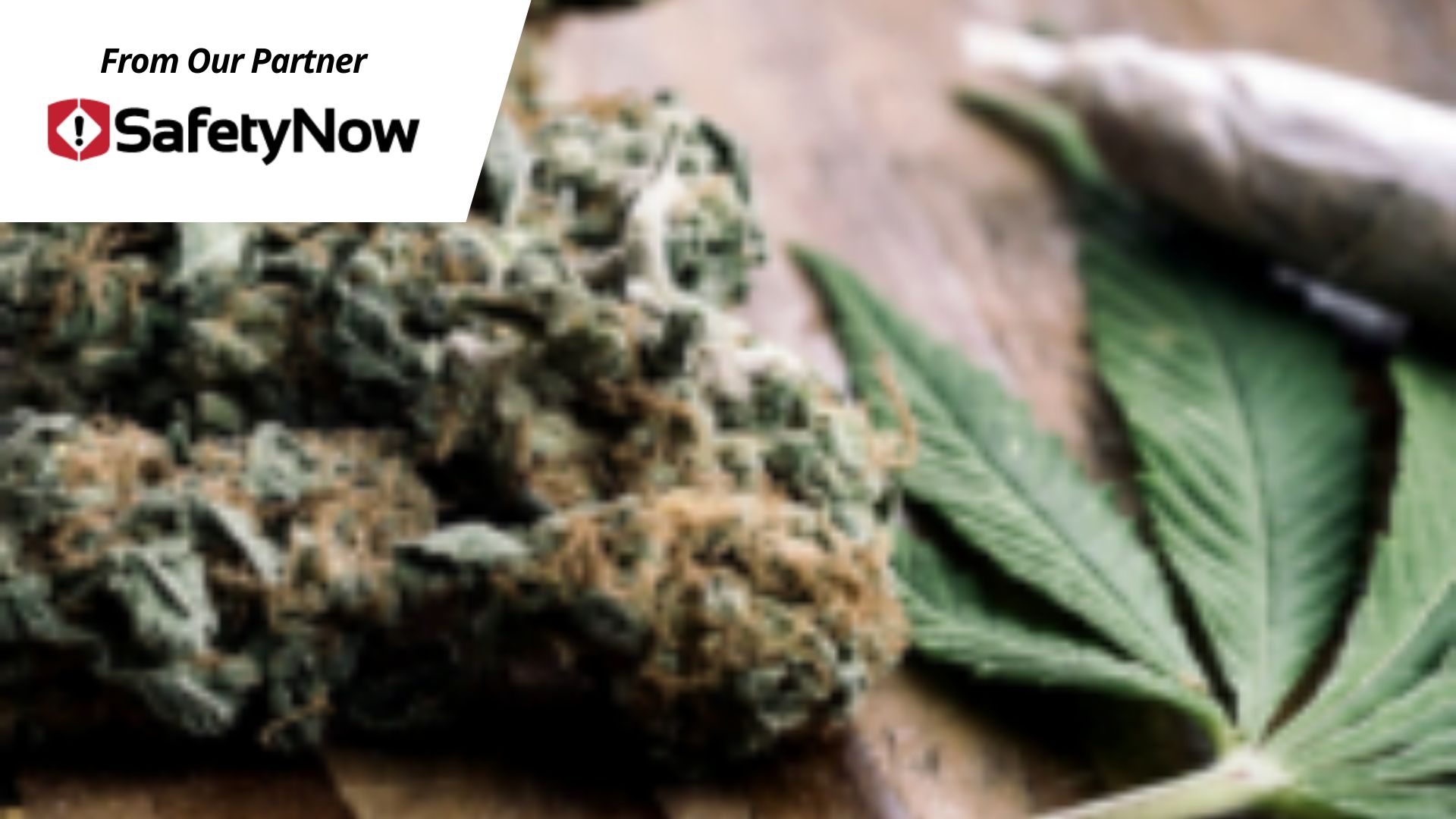
Safety Audits
Despite OSHA not requiring it, a voluntary safety audit program is a sound business practice that demonstrates a company’s interest in and commitment to continuous improvement of its health and safety effort.

Despite OSHA not requiring it, a voluntary safety audit program is a sound business practice that demonstrates a company’s interest in and commitment to continuous improvement of its health and safety effort.

Our course is designed to teach people to conduct a JHA.

There are many uses for flammable and combustible liquids. They often are used in day-to-day operations at industrial and commercial sites as fuels, solvents, and cleaners.

Assessment of impairment at work may prove to be the most difficult aspect of designing and implementing policies regarding use of marijuana, as testing for drug and alcohol use remains one of the most contentious contemporary issues in workplace law.

This lesson introduces behavior-based safety concepts to employees and creates awareness around what influences employees to change unsafe behaviors before an accident or injury happens.

It is crucial to protect your high-risk workforce from this notorious, airborne, health hazard.

Training workers on the proper ways of respiratory personal protective equipment (PPE) is important to protecting them against harmful inhalants.

This overview of slips, trips, and falls helps reinforce good behaviors for workers on how and where to avoid areas where these hazards can reside.

If you are exposed to heat in your work environment—and if you work outside it is likely that you will be—then the risk of heat stress illness and injury needs serious attention.

Operating aerial lifts safely requires preventive maintenance and conditioning of machinery, as well as a lot of considerations before even turning on the key, because the majority of aerial lift accidents happen because of a lack of training or inattention.
Thanks for registering! To get started, log in to your account below.
If you have any questions, please contact us at
ebm-training@endeavorb2b.com.
Thanks for registering! Close this window and click the ‘Start Course’ button to take the course.
If you have any questions, please contact us at
ebm-training@endeavorb2b.com.